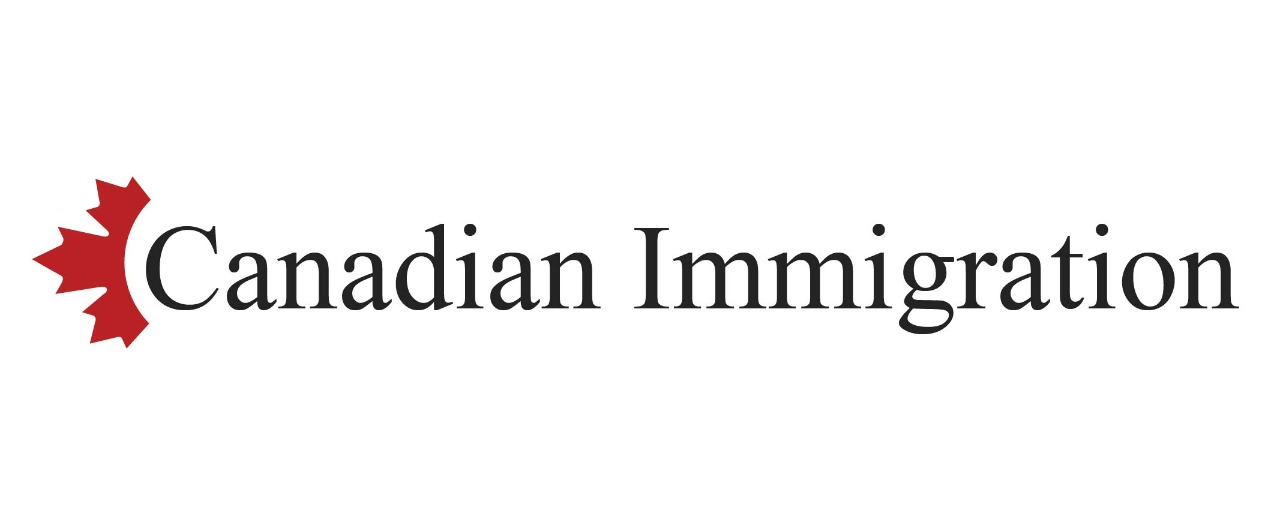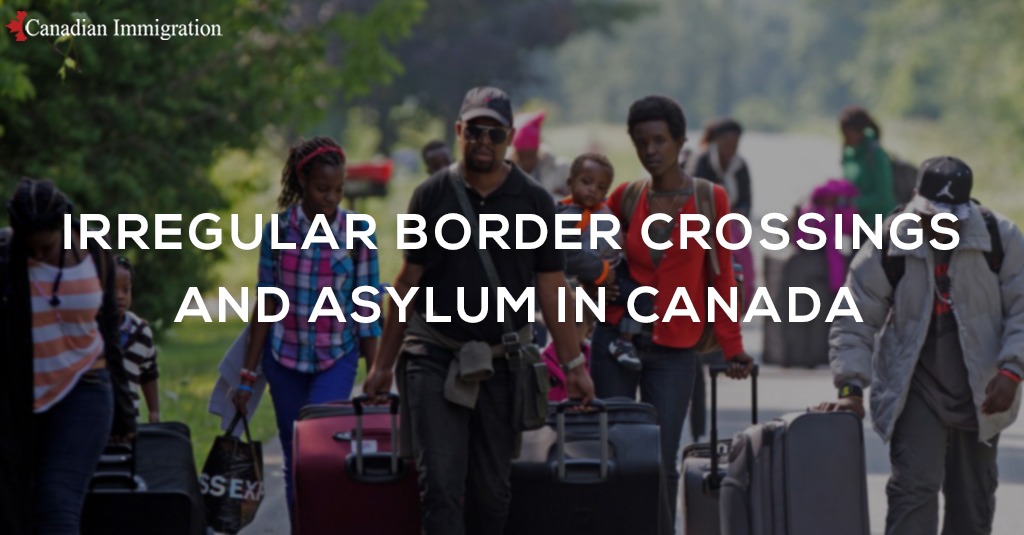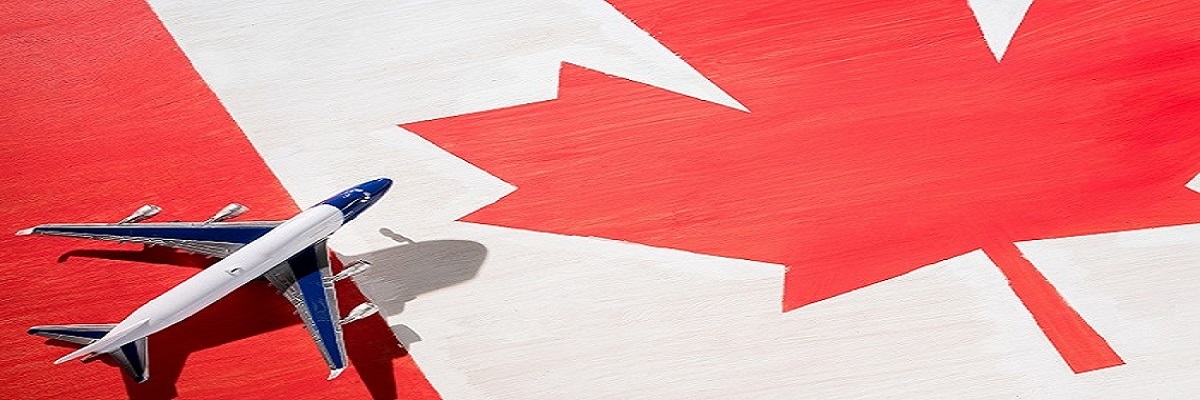The Royal Canadian Mounted Police (RCMP) apprehended 59,658 people who attempted to enter Canada illegally. This surge in crossings marked a significant departure from previous trends and from Canada’s regulated migration plans. It was fueled in part by a global drop in refugee protection, as well as changes in US immigration laws following Donald Trump’s election. Part of the increase was also a direct result of Canada and the United States Safe Third Country Agreement (STCA), which prohibits those already in the United States from seeking asylum at ordinary ports of entry into Canada.
The vast majority, if not all, of irregular immigration to Canada, involves non-citizens and their families. We can tell the difference between irregular entry and irregular stay in Canada. Individuals who enter a country without proper papers are considered irregular entrants. That person can then apply for or obtain “regularization,” or official legal status in Canada. In contrast, an immigrant may enter a country legally, such as with a preauthorized visa, but become irregular by overstaying the visa.
Irregular Immigrant Status:
There are three basic paths to obtaining irregular immigrant status:
1) Entering Canada without proper authorization, either through clandestine admission alongside smugglers or traffickers or through the use of forged documents.
2) Obtaining a visa and then exceeding its expiration date.
3) Deliberately abusing or defrauding after arrival.
The majority of people in Canada with “irregular immigrant” status have documentation but have overstayed their visas or failed to comply with status restrictions. Asylum seekers who have had their petitions for refugee protection in Canada rejected may also become irregular immigrants. Federal and provincial legislation in Canada may limit people’s access to services such as education, non-emergency healthcare, local police protection, and social housing.
Regulatory Body:
Entry regulations under the Canada–United States Safe Third Country Agreement (STCA) are a similar issue. Asylum seekers entering Canada through official border entry points may be returned to the United States without the right to submit a refugee claim in Canada under the STCA. The STCA, on the other hand, allows asylum seekers who are already in Canada to file refugee claims. Some people enter Canada on foot through unofficial entry points in order to claim asylum under this legal provision.


